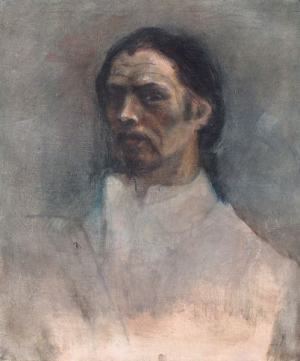Name Koloman Sokol | Role Artist | |
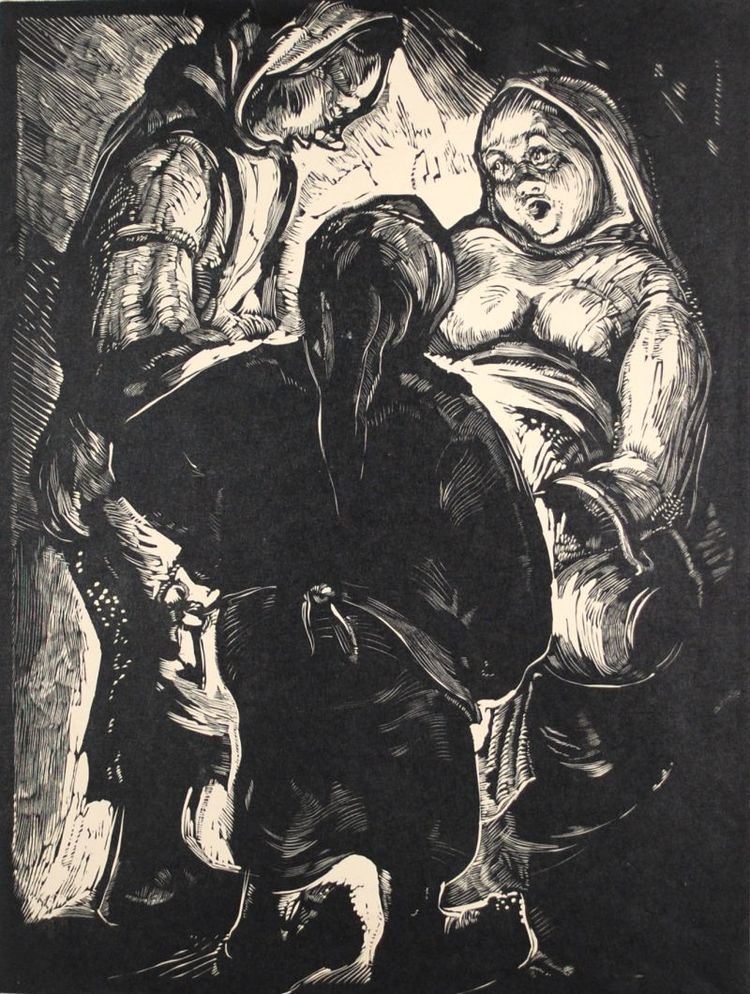 | ||
Died January 14, 2003, Tucson, Arizona, United States | ||
Výstava - Koloman Sokol 1968-1993
Koloman Sokol (12 December 1902 – 12 January 2003) was one of the most prominent Slovak painters, graphic artists and illustrators. He was a founder of modern Slovak graphic art.
Contents
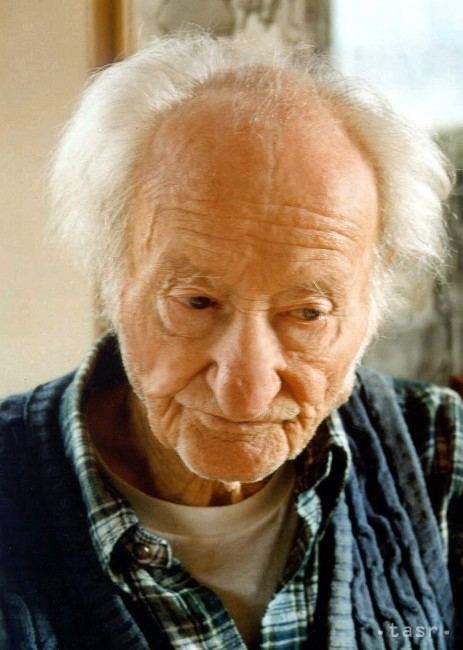
Old Lady Death BEX 3rd May 2015
Biography
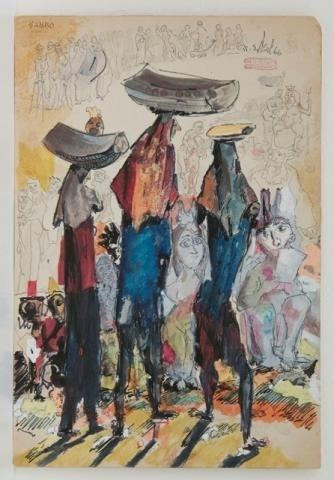
Sokol was born in Liptovský Mikuláš. He attended the private schools of Eugen Krón in Košice and Gustáv Mallý in Bratislava, as well as the Academy of Fine Arts in Prague, where he studied under Max Švabinský and Tavik Frantisek Simon. In Czechoslovakia, he became a member in the SČUG Hollar, an association of Czechoslovak graphic artist. Following a brief period of study with František Kupka in Paris, he accepted an invitation from the Mexican Ministry of Culture and Education to teach his work. He became a professor of graphic techniques at the Escuela de las Artes del Libro and at the University of Mexico City from 1937 to 1941.
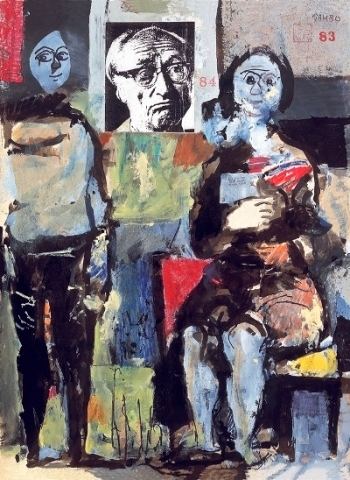
Between 1942 and 1946 he lived in New York City. In 1946 he returned to Slovakia, where he taught at the Slovak University of Technology and at the Comenius University. In 1948 (when the Communists took power in Czechoslovakia) he left for the United States again. He settled in Bryn Mawr, a suburb of Philadelphia. From the 1960s he lived reclusively and created a special symbolical-mythological style during this period. In the 1990s he lived in Tucson, Arizona, where he died at the age of 100.
Style
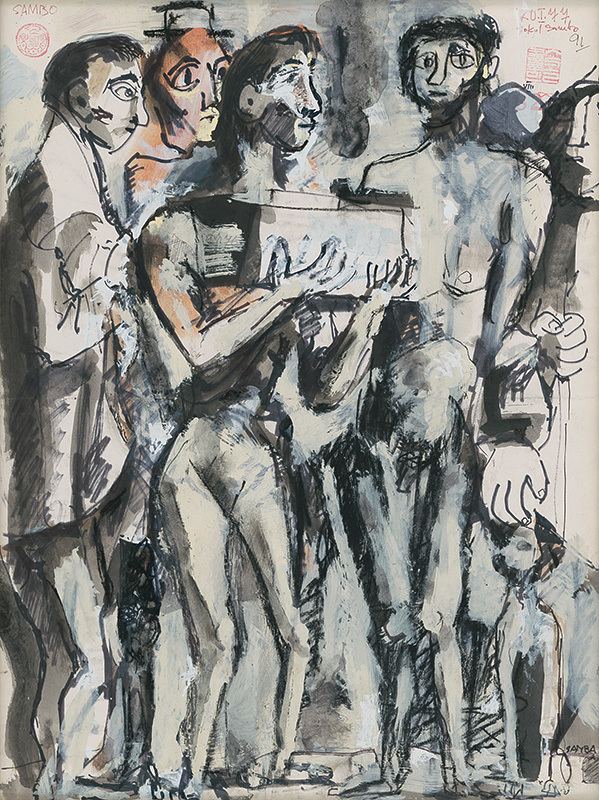
Sokol's work was inspired by Vincent van Gogh, Käthe Kollwitz, George Grosz, and strongly by the expressionism of the Die Brücke Group. Initially, he concentrated on graphic techniques, which he later enriched by drawing and painting in Mexico. His paintings are often dramatic in presentation which led to the belief that he created a Slovak variation of expressionism at a European level. He remained true to the limits of graphic art in terms of form and shape. Artistic, ethnic, and social aspects merge in his work. Although the primary motive of his works was man, social motives dominate his expressive work and this tendency equates to the hard and harsh style of his engravings and drawings. His works frequently depicted suffering, penury and human pain. He also created numerous woodcuts.
Works

His most important works are:

Honours


